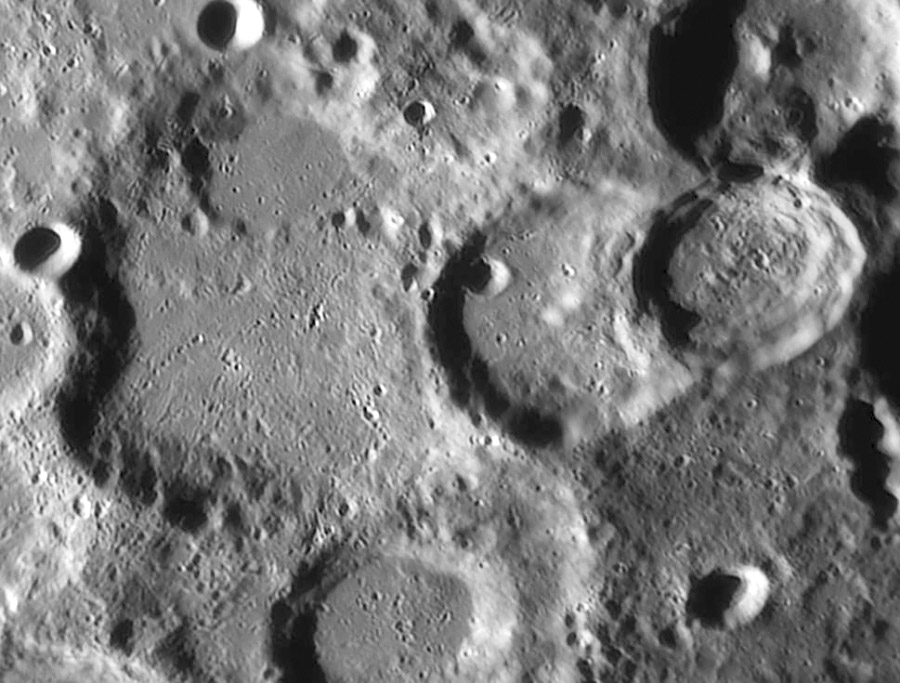Difference between revisions of "September 11, 2009"
| Line 1: | Line 1: | ||
__NOTOC__ | __NOTOC__ | ||
=Selenology 101= | =Selenology 101= | ||
| − | |||
<!-- ws:start:WikiTextHeadingRule:0:<h1> --> | <!-- ws:start:WikiTextHeadingRule:0:<h1> --> | ||
<!-- ws:start:WikiTextLocalImageRule:6:<img src="/file/view/LPOD-Sept11-09.jpg/88230737/LPOD-Sept11-09.jpg" alt="" title="" /> -->[[File:LPOD-Sept11-09.jpg|LPOD-Sept11-09.jpg]]<!-- ws:end:WikiTextLocalImageRule:6 --><br /> | <!-- ws:start:WikiTextLocalImageRule:6:<img src="/file/view/LPOD-Sept11-09.jpg/88230737/LPOD-Sept11-09.jpg" alt="" title="" /> -->[[File:LPOD-Sept11-09.jpg|LPOD-Sept11-09.jpg]]<!-- ws:end:WikiTextLocalImageRule:6 --><br /> | ||
| − | <em>image by [mailto:asgmay@alsohispania.e.telefonica.net Alex Sanz], Ayllón - Segovia - Spain</em><br /> | + | <em>image by [mailto:asgmay@alsohispania.e.telefonica.net" rel="nofollow Alex Sanz], Ayllón - Segovia - Spain</em><br /> |
<br /> | <br /> | ||
Do you recognize what general principle of lunar history is illustrated here?<br /> | Do you recognize what general principle of lunar history is illustrated here?<br /> | ||
Look at the craters and their overlapping relationships. At left center is 105 km wide Orontius, overlapped to the east by Huggins (diameter = 65 km), which was subsequently cut by Nasireddin (D = 52 km). From the Law of Superposition we know that this sequence from O to H to N is also the order of formation of these craters. Although craters of all sizes were produced throughout lunar history the average diameter of craters formed rapidly declined over time. The largest impacts - the basins - all formed before about 3.8 billion years ago. If you look at the maria - almost all of which are younger than 3.8 b.y. you will see generally smaller craters than on the highlands. And wIth high resolution, as with the Lunar Reconnaissance Orbiter images, there are many more small crater than large ones - and remember that small craters have much shorter lifetimes than larger ones so they much form frequently. Of course there are exceptions - Tycho (D = 85 km) is about 100 million years old and, here on Earth, Chicxulub is huge (180 km plus) and only 65 million. Nonetheless, big craters formed early and smaller ones formed later isgenerally true, presumably reflecting the fact that early in solar system history there were many more large projectiles than more recently. <br /> | Look at the craters and their overlapping relationships. At left center is 105 km wide Orontius, overlapped to the east by Huggins (diameter = 65 km), which was subsequently cut by Nasireddin (D = 52 km). From the Law of Superposition we know that this sequence from O to H to N is also the order of formation of these craters. Although craters of all sizes were produced throughout lunar history the average diameter of craters formed rapidly declined over time. The largest impacts - the basins - all formed before about 3.8 billion years ago. If you look at the maria - almost all of which are younger than 3.8 b.y. you will see generally smaller craters than on the highlands. And wIth high resolution, as with the Lunar Reconnaissance Orbiter images, there are many more small crater than large ones - and remember that small craters have much shorter lifetimes than larger ones so they much form frequently. Of course there are exceptions - Tycho (D = 85 km) is about 100 million years old and, here on Earth, Chicxulub is huge (180 km plus) and only 65 million. Nonetheless, big craters formed early and smaller ones formed later isgenerally true, presumably reflecting the fact that early in solar system history there were many more large projectiles than more recently. <br /> | ||
<br /> | <br /> | ||
| − | <em>[mailto:tychocrater@yahoo.com Chuck Wood]</em><br /> | + | <em>[mailto:tychocrater@yahoo.com" rel="nofollow Chuck Wood]</em><br /> |
<br /> | <br /> | ||
<strong>Technical Details</strong><br /> | <strong>Technical Details</strong><br /> | ||
Revision as of 19:12, 4 January 2015
Selenology 101

image by " rel="nofollow Alex Sanz, Ayllón - Segovia - Spain
Do you recognize what general principle of lunar history is illustrated here?
Look at the craters and their overlapping relationships. At left center is 105 km wide Orontius, overlapped to the east by Huggins (diameter = 65 km), which was subsequently cut by Nasireddin (D = 52 km). From the Law of Superposition we know that this sequence from O to H to N is also the order of formation of these craters. Although craters of all sizes were produced throughout lunar history the average diameter of craters formed rapidly declined over time. The largest impacts - the basins - all formed before about 3.8 billion years ago. If you look at the maria - almost all of which are younger than 3.8 b.y. you will see generally smaller craters than on the highlands. And wIth high resolution, as with the Lunar Reconnaissance Orbiter images, there are many more small crater than large ones - and remember that small craters have much shorter lifetimes than larger ones so they much form frequently. Of course there are exceptions - Tycho (D = 85 km) is about 100 million years old and, here on Earth, Chicxulub is huge (180 km plus) and only 65 million. Nonetheless, big craters formed early and smaller ones formed later isgenerally true, presumably reflecting the fact that early in solar system history there were many more large projectiles than more recently.
" rel="nofollow Chuck Wood
Technical Details
12 Aug 2009, 04:25 U.T. SC 11" working at f/30 on a G-11 Gemini and the camera is a DMK 31AU03.
Related Links
Rükl plate 65



